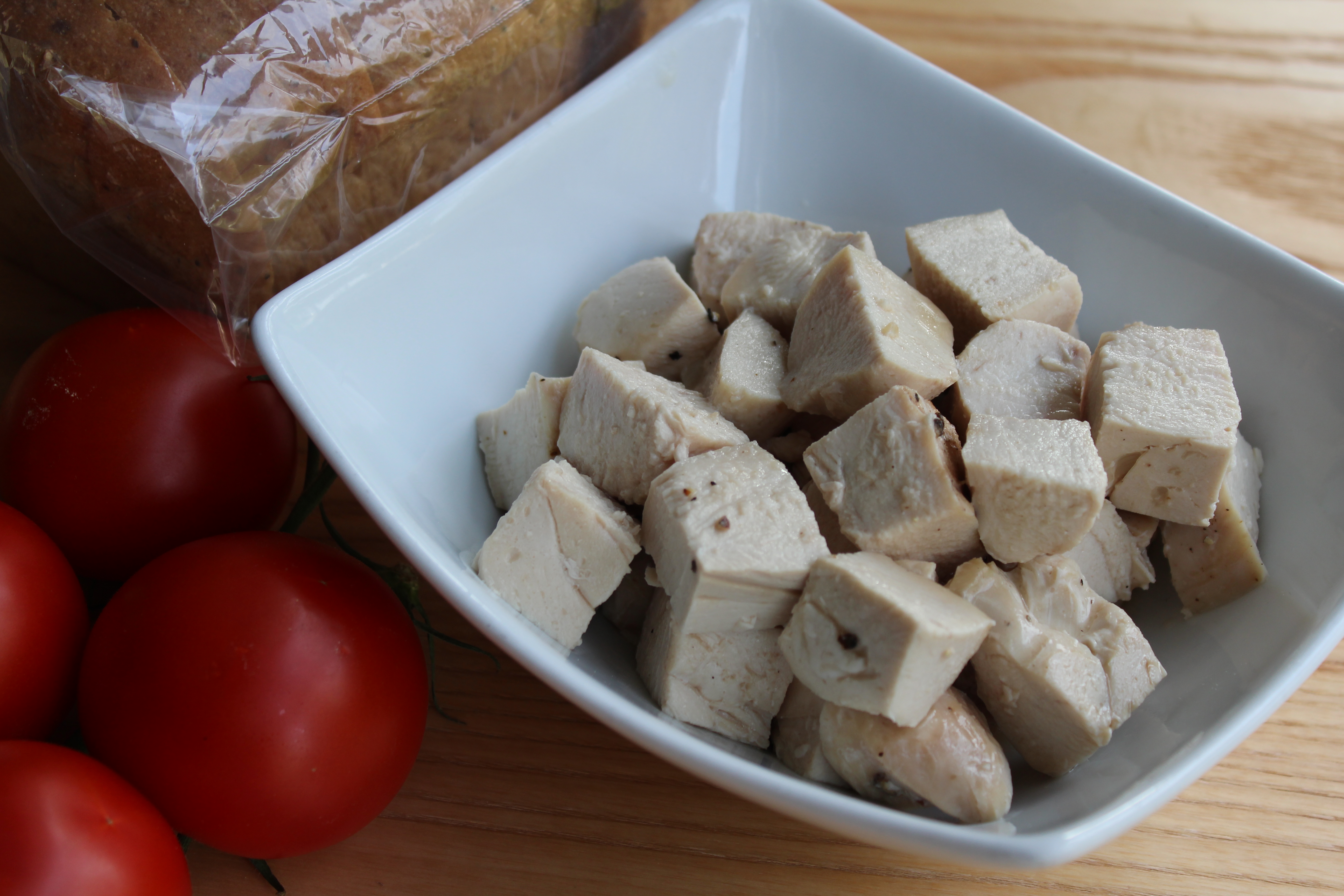Chicken breast is notoriously hard to cook to perfection. By the time it reaches the internal temperature of 165, as per the government guidelines, all of the moisture is typically lost. Well, not with this method. You can still roast your chicken breasts to the safe internal temperature while keeping it exceptionally juicy!
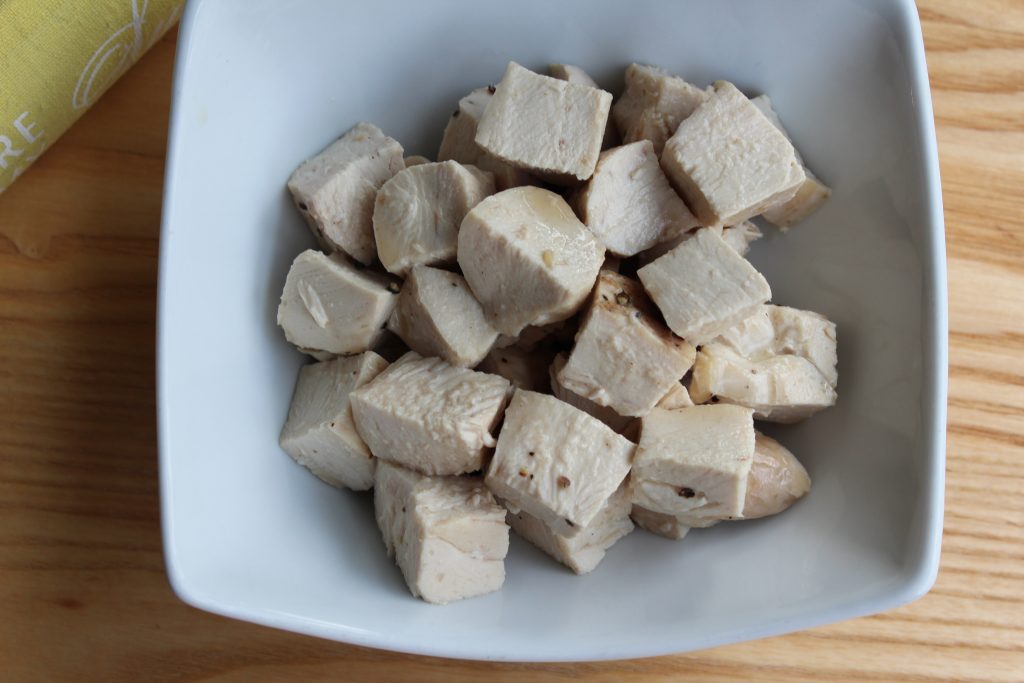
The secret? Parchment paper! Keeps all of the juices in, makes this preparation technique very forgiving and very quick. Toss your chicken breasts in the baking dish, season, cover with parchment – and voila, half an hour later (or even less,) you’ve got yourself a delicious juicy roasted chicken breast. And if the time got away from you and you accidentally overcooked it (I have a toddler, I know how it goes) – this method is still very forgiving and your chicken will still be juicy!
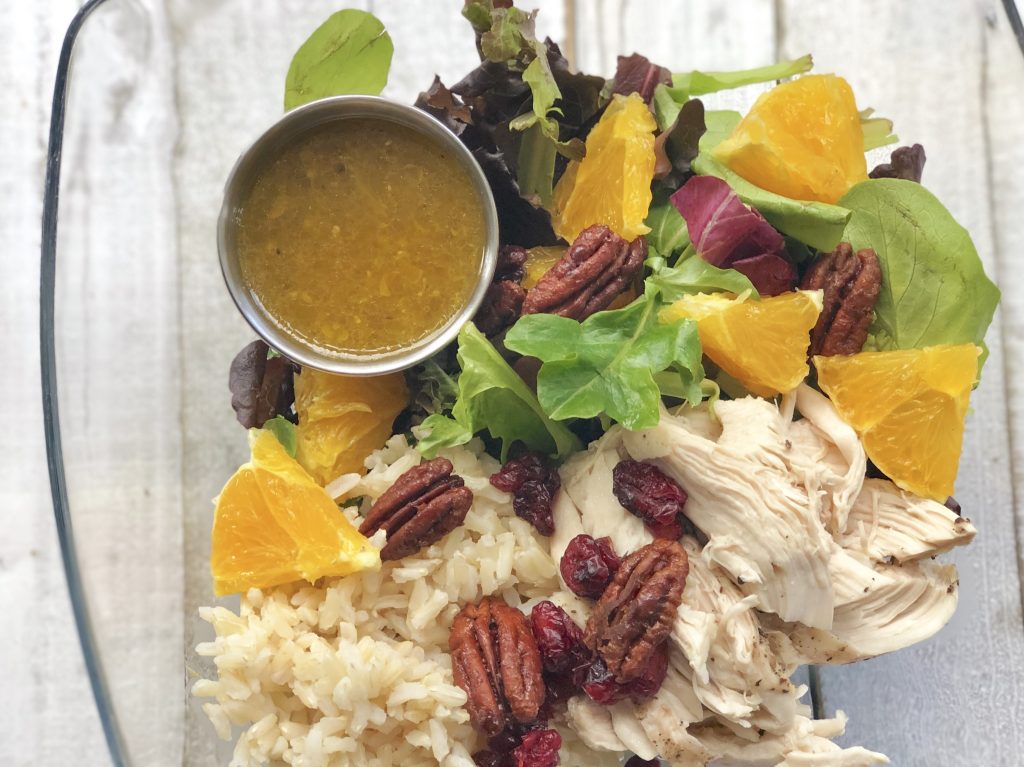
Is this my favourite way to make chicken breast? Yes and no. I’m always very honest about the quality of the recipes I share and what purpose they serve. My favourite way to enjoy a chicken breast is probably by grilling it or pan searing it. But this method has a valuable purpose. You can cook many breasts all at once, the preparation is very low maintenance and the result is tasty, juicy and tender meat. It’s perfect to be added to sandwiches, bowls, salads… Throw it into the oven and forget about it!
Hope you guys give this technique a try and let me know how it works out for you.
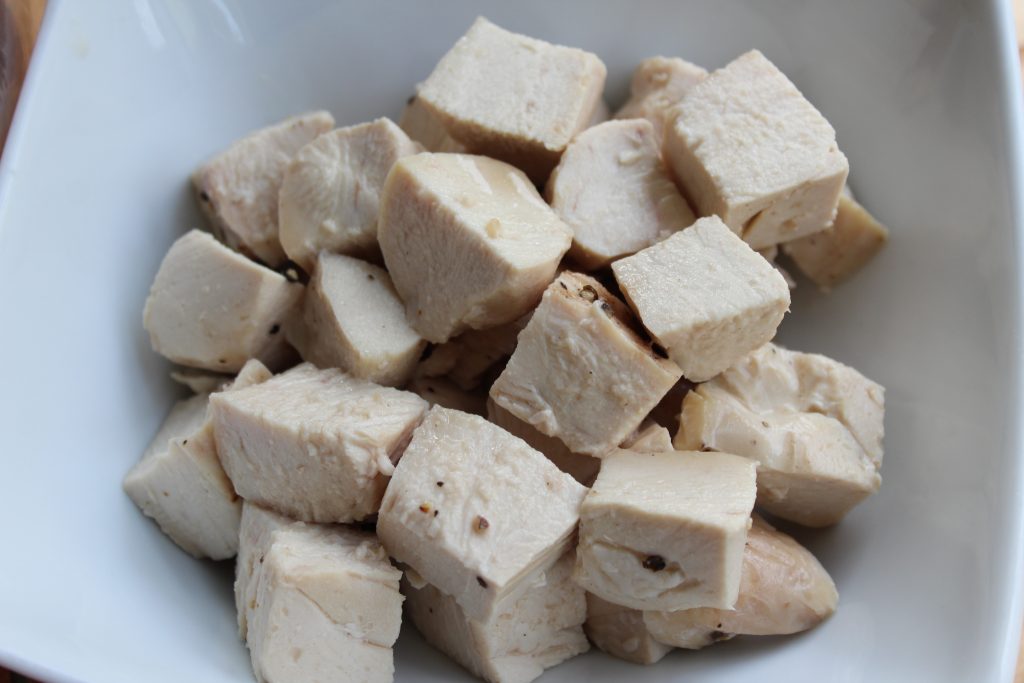
Preheat the oven to 400°.
Place the desired number of your chicken breasts (it can even be just one chicken breast) in an oven-safe baking dish, ideally ceramic or glass. Season generously with salt and pepper.
PS When baking 2-3 chicken breasts only, I find a glass pie dish serves the purpose perfectly. Ideally, you don't want a pan that's too large or the juices will evaporate.
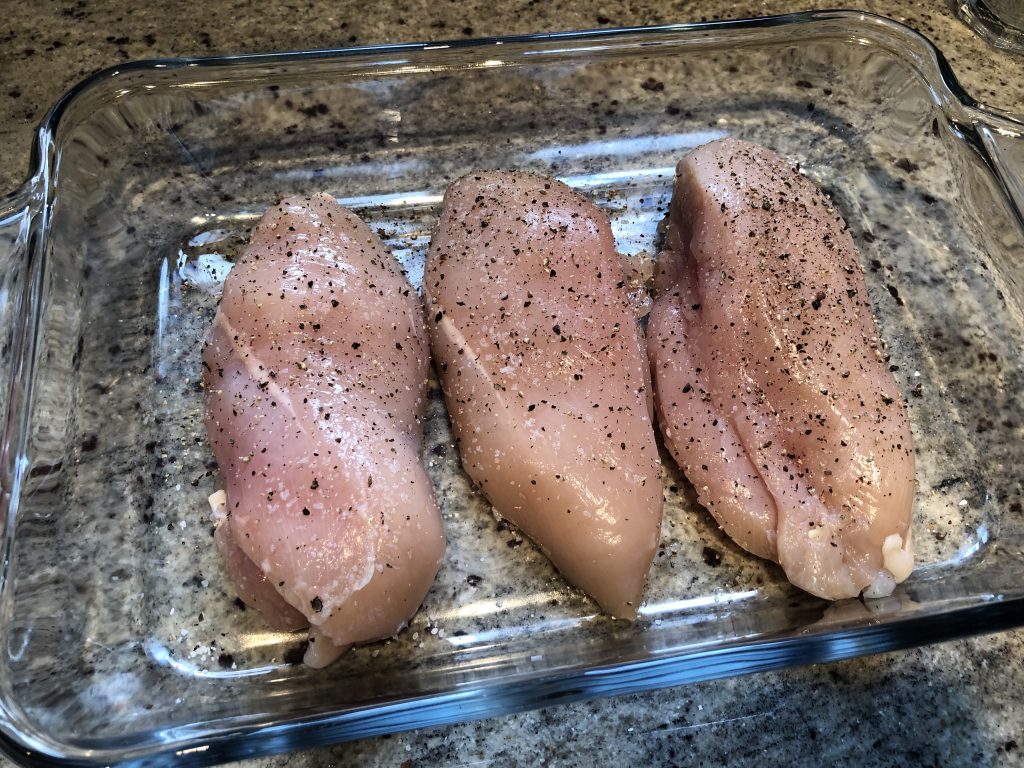
Place a piece of parchment paper on top of the breasts and tuck it under the breasts. You are not trying to perfectly seal your chicken, however, try to seal it the best you can. The idea is that the parchment is going to catch the steam, keep it inside the dish and prevent it from evaporating, keeping the juices and the moisture inside your dish.
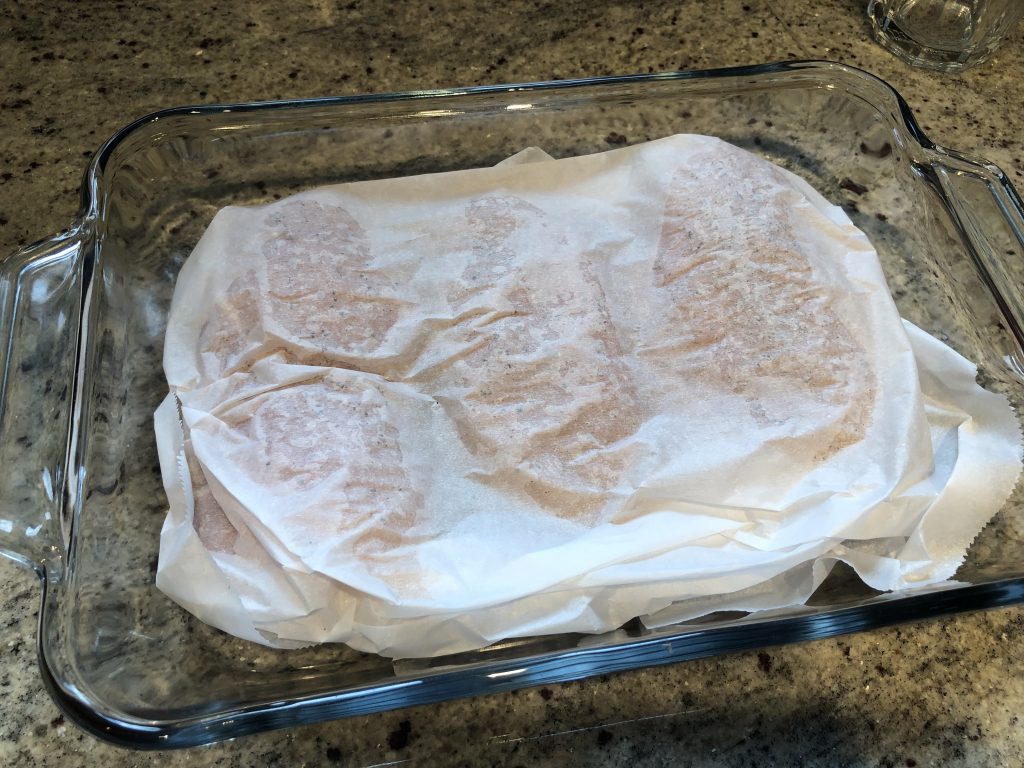


Bake in preheated oven for around 25-35 minutes or until the internal temperature measured in the middle of the thickest part of the chicken breast reaches the safe internal temperature of 165. The time will vary depending on the size of your chicken breasts. For smaller breasts, I measure the temperature after 20 minutes; for larger breasts, I wait until 30 minutes before measuring.
Remove from the oven and allow to rest for 5 minutes. Shred, slice or chop your chicken and toss with delicious and flavourful pan juices. Enjoy as is or add to your favourite salads, sandwiches, grain bowls, etc.
Ingredients
Directions
Preheat the oven to 400°.
Place the desired number of your chicken breasts (it can even be just one chicken breast) in an oven-safe baking dish, ideally ceramic or glass. Season generously with salt and pepper.
PS When baking 2-3 chicken breasts only, I find a glass pie dish serves the purpose perfectly. Ideally, you don't want a pan that's too large or the juices will evaporate.



Place a piece of parchment paper on top of the breasts and tuck it under the breasts. You are not trying to perfectly seal your chicken, however, try to seal it the best you can. The idea is that the parchment is going to catch the steam, keep it inside the dish and prevent it from evaporating, keeping the juices and the moisture inside your dish.



Bake in preheated oven for around 25-35 minutes or until the internal temperature measured in the middle of the thickest part of the chicken breast reaches the safe internal temperature of 165. The time will vary depending on the size of your chicken breasts. For smaller breasts, I measure the temperature after 20 minutes; for larger breasts, I wait until 30 minutes before measuring.
Remove from the oven and allow to rest for 5 minutes. Shred, slice or chop your chicken and toss with delicious and flavourful pan juices. Enjoy as is or add to your favourite salads, sandwiches, grain bowls, etc.
Happens to be Dairy-Free, Keto, Paleo, Low Carb and Gluten-Free: as with all gluten-free recipes, ensure all your ingredients are gluten free and not cross-contaminated.



